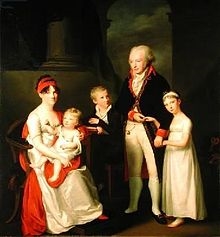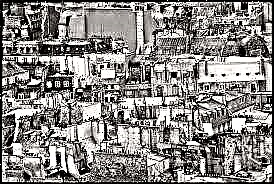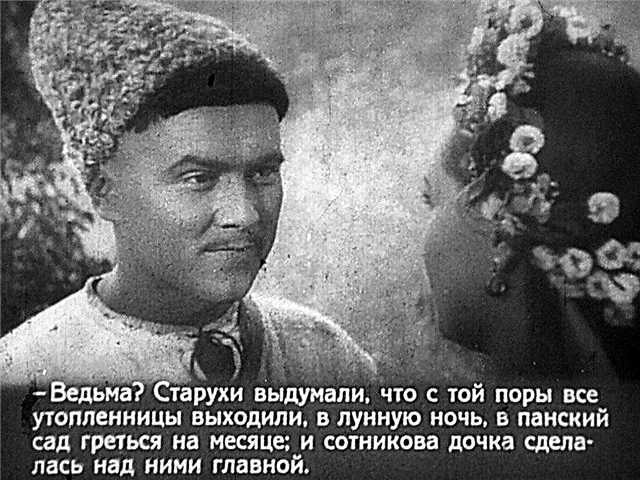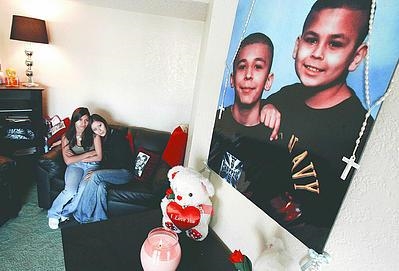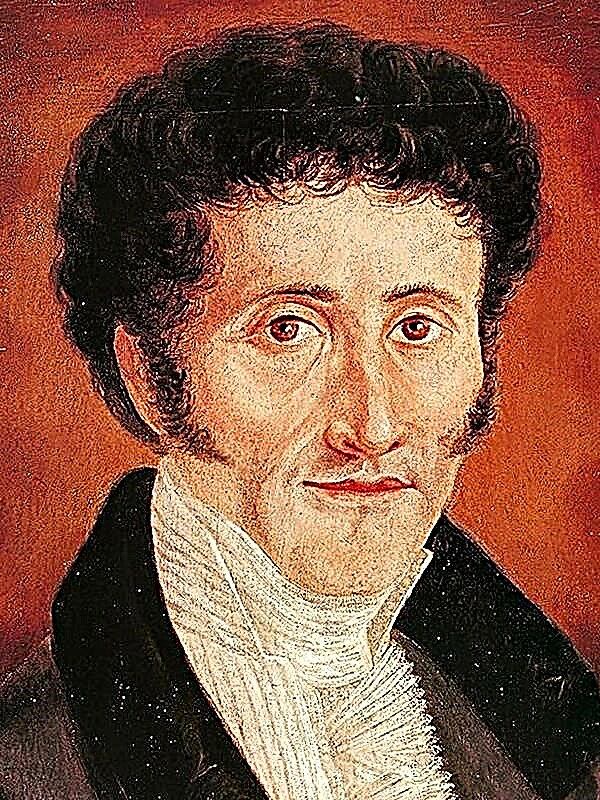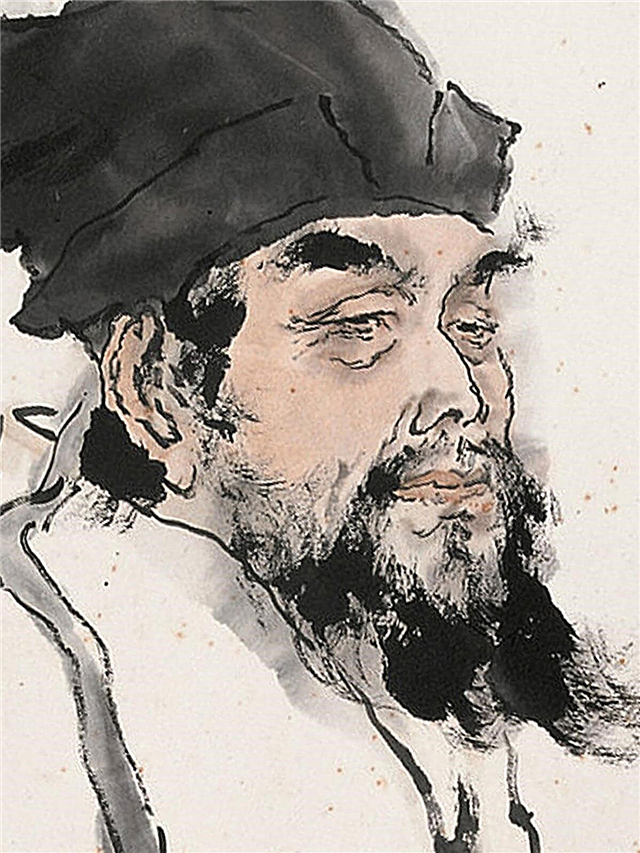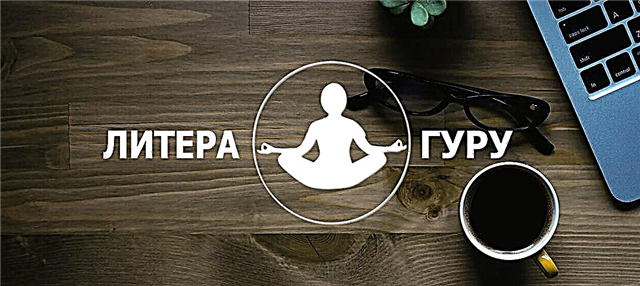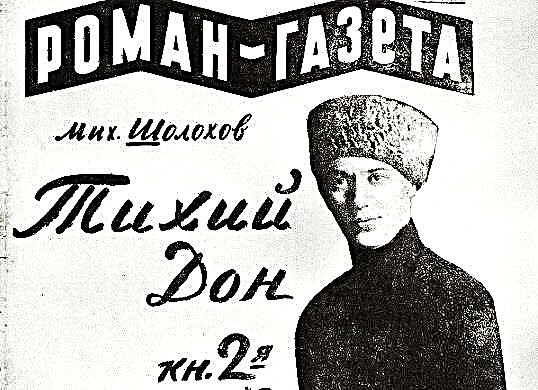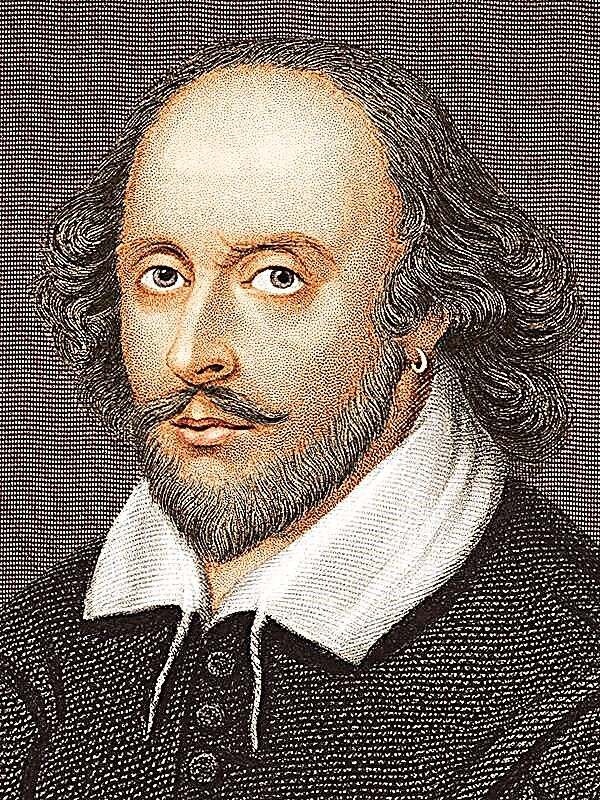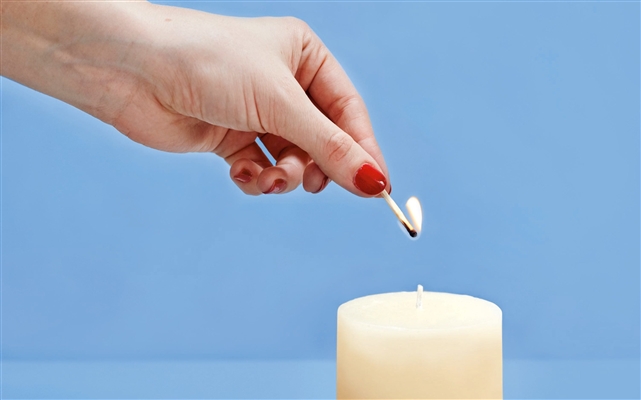The problem of freedom is one of the central topics in literature and poetry in particular. Each creator reveals it in his own way. It is important not only to understand, but also to feel. Have you ever also thought about the lack of freedom and the limitations that exist in life. But Pushkin looks at it in his own way, from a bird's-eye view ...
History of creation
“The Prisoner” is a poem by Pushkin written in 1822. At this time, the poet was in southern exile in Chisinau. He was exiled for freethinking away from his friends. Initially, Alexander I wanted to send Pushkin to Siberia, but influential acquaintances managed to change this decision.
It is believed that the story of the creation of this poem began with the poet’s trips to the prison, where he saw the life of prisoners. He was also impressed by the eagles living there. Their wings were cut off. Birds, representing freedom, were in the same prison as people. In sum, all these impressions gave rise to the development of the idea, which then found its embodiment in the poem "Prisoner".
Genre, size, direction
This is a lyrical poem, which reveals the inner experiences of the hero. To convey the mood, the writer uses amphibrach, a three-syllable size with emphasis on the second syllable. "Prisoner" can be safely attributed to romantic poetry. The hero is a romantic - a lonely personality, opposed to the whole world.
The poem consists of three quatrains. The first stanza describes the situation. In the second quatrain, the number of verbs increases, which creates a plot dynamics. And at the end, the ideal of existence for the lyrical hero is described.
Composition
Gradual disclosure of the theme contributes to the composition. The mood will change from stanza to stanza. Toward the end, the tone becomes more intense and emotional. While at the beginning of the poem a lengthy description of the situation is given. This change is also accompanied by a change in intonation.
If the first lines are written in a descriptive manner, then the subsequent ones go into verb form.
The main images and their characteristics
The poem has two central images: the lyrical hero and the eagle. The theme of freedom is connected with the eagle. The bird turns to the hero and calls him to go "there," to distant lands that seem ideal. The eagle is identified with the image of a lyrical hero - a prisoner, whose soul, despite being in captivity, is not enslaved. He is eager to break free.
Significant is the presence of images of the elements: wind and sea. In the poetry of romanticism, these are traditional images associated with freedom and liberty. They appear in the last stanza when describing the ideal idea of independence.
Themes and Issues
The main theme of this poem is the struggle of freedom and imprisonment, revealed using images and means of artistic expression. The eagle, "fed in captivity", is in the same confinement as the hero. But they strive for freedom. This can be seen from the bright appeal addressed by a free bird to a person.
Pushkin also raises a political problem, because everything that happens in the poem is an allegory of the situation in tsarist Russia. Proud, capable, strong people languish in their cells, they are not allowed to turn around the absolutist order, in which the role of a citizen is reduced to a secondary. Those who could change the country for the better were not allowed to rule and became victims of the regime, scattered over links and hard labor. This happened with the poet, who tries on the image of a bird with clipped wings and raises readers to rebellion against the system.
Idea
The idea of the “Prisoner” poem is directly related to its theme. The lyrical hero longs for freedom. Most of all, this attitude is embodied in the words: “Let's fly away!”. This exclamation is the culmination of the work. It emphasizes the highest degree of need for freedom for the lyrical hero and defines the main idea of the poem, which is quite simple and logical: there is nothing better and more expensive than free life.
Independence would allow the creative, intellectual and active power of the people, without which the country is waning, to break free from oppression. But the poet wants to bring closer the day when the shackles fall, and free people will establish the life and disposition of a liberated Russia.
Means of artistic expression
The structure of the poem calls for attention to the organization of each stanza. The first is descriptive, the corresponding paths are actively used. In the second stanza, the mood changes, a rather large number of verbs appear in the text, and dynamism is created. And in the third quatrain, anaphora is used, which focuses on the ideal of free life.
Always also when creating a picture, descriptive constructions play an important role. Surprisingly in the poem epithets are not often found. For example, when describing a dungeon, only one epithet is used - “raw”. It is significant that Pushkin prefers the use of common descriptive constructions, which is especially noticeable in the last stanza.

